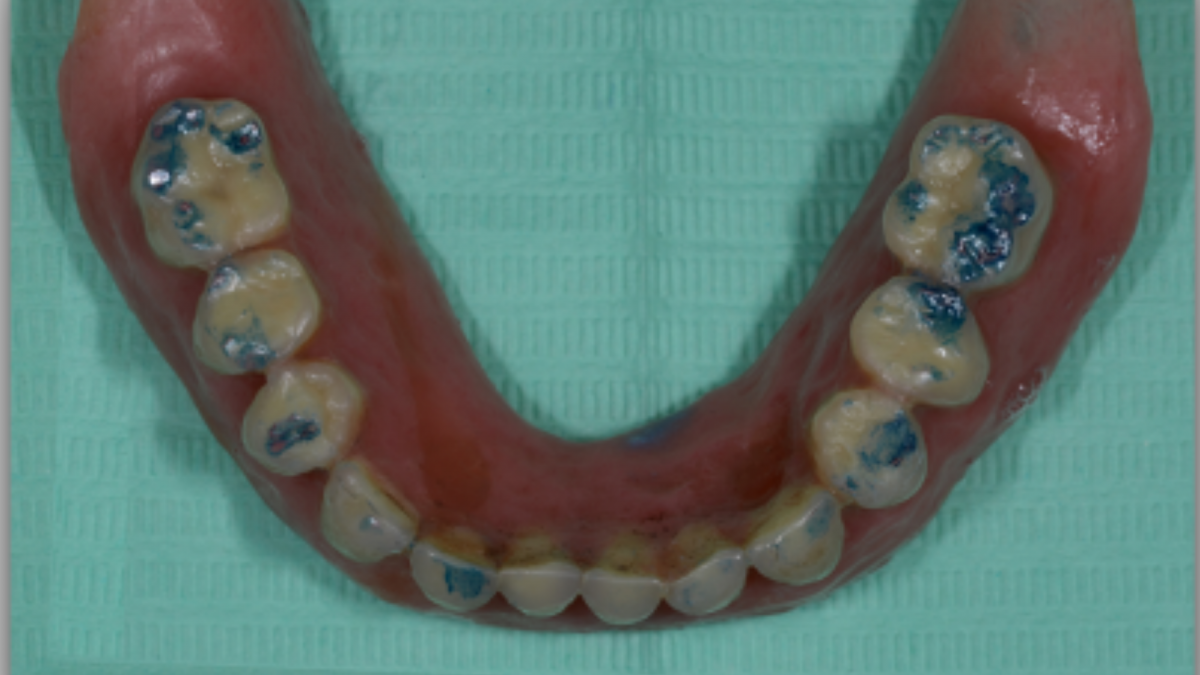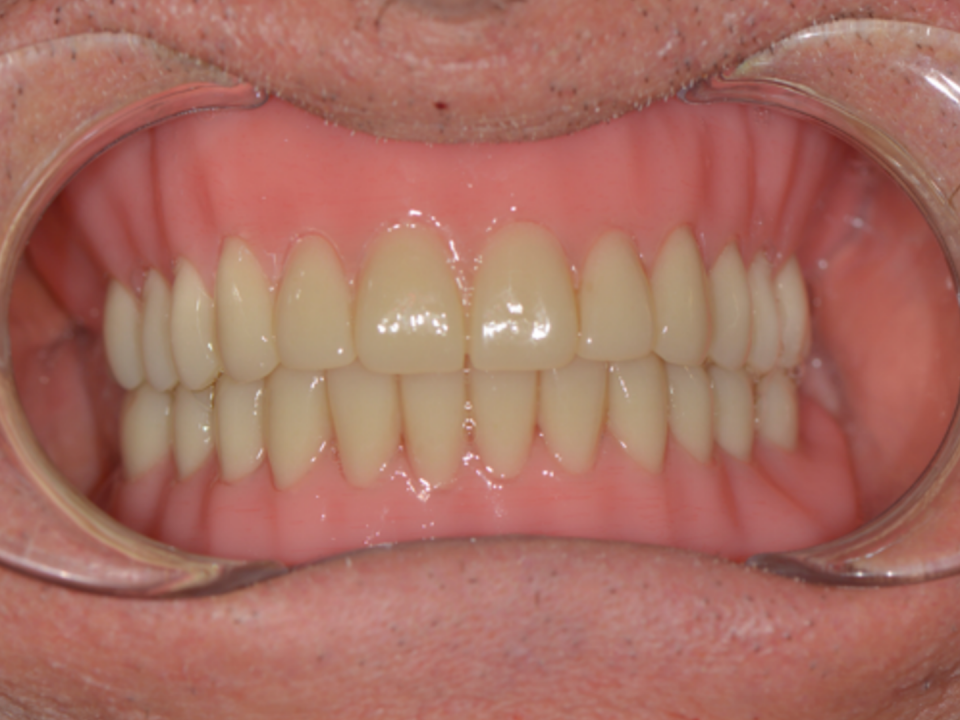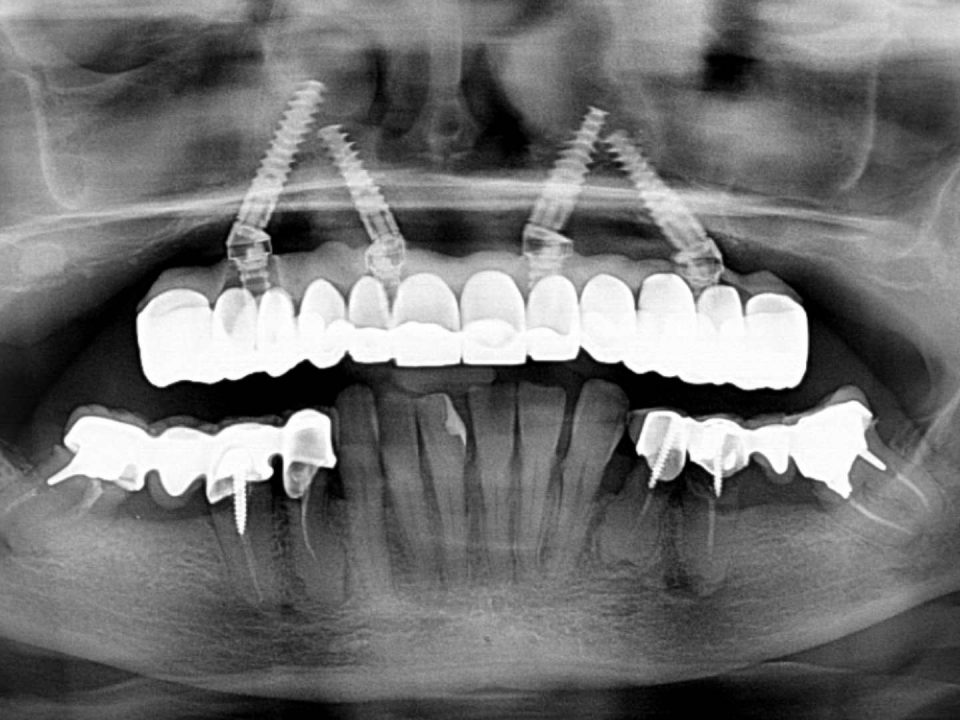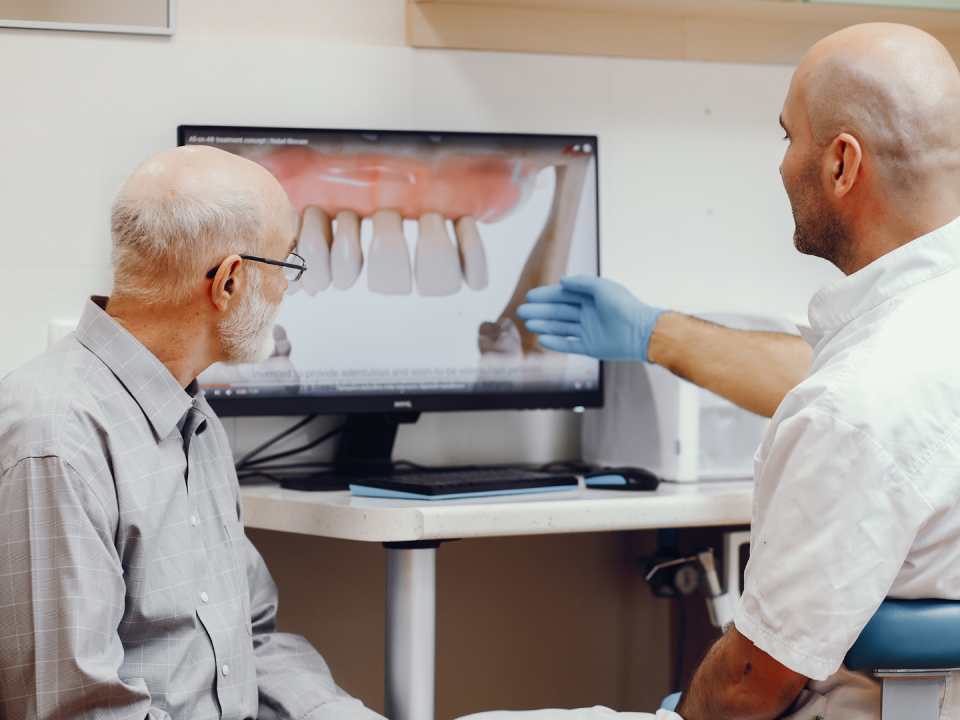
Implant-supported rehabilitation with patient’s imbalance analysis through combined technique: EMG, postural platform and occlusal-postural semeiotics
22 October 2021
When the jaw clicks
26 October 2021Case presentation
The case shows how to identify the occlusal error that led to the fracture of a newly delivered removable denture and how that error is corrected under the guidance of electromyographic analysis. The patient comes in through the emergency department without any appointment to adjust a denture, an osteomucosal-supported total denture. The patient wants it professionally adjusted: his medical history includes a prosthesis made and worn for about 14 days, broken due to chewing a salad leaf (according to the patient). The dentist’s office that made the denture did not consider this a possible eventuality, believing the theory of accidental breakage due to a fall to be more credible. Once the patient has been accepted, the first step is the repair of the prosthesis; once this is carried out, it is decided to proceed with an analysis of the balance through Teethan. Teethan’s analysis brought up alarming results: a problem of imbalance was found, not detected by the creators of the prosthesis, and highlighted only thanks to the technology used.
The problem is analyzed in depth. It turns out that the prosthesis used, which is removable with osteomucosal support, works in contrast to a fixed denture.
The difference between the mobile support and the fixed denture is defined as resilience; mobile prosthesis, in fact, rest on a cushioned support (in a not completely balanced way), and when the work is carried out on a total, this resilience must be calculated. The difference generated can be seen by crossing the data obtained between the physical knowledge of the prosthesis created and inserted in the oral cavity of the patient and the data obtained by Teethan.
Without Teethan, the chance that the patient would leave the office with the prosthesis fixed and return after a few hours with the prosthesis broken again would have been very high. The analysis performed with Teethan, indeed, showed that the rhyme of fracture of the prosthesis was perfectly superimposable with the point where the hyperactivated anterior temporalis discharged the forces; the solution was therefore to increase the posterior contacts, freeing the posterior area to better discharge the forces.

The patient was therefore right; fibrous foods, such as salads, meat and others, require hyperactivation and hyper solicitation of the palates, and chewing a trivial salad can lead to the rupture of an unbalanced prosthesis, as was the case here. In such a case there are two solutions: the first is to impose the patient a diet without fibrous foods, which is impossible. It remains only to generate a good occlusal balance, thanks to Teethan and thanks to classical instruments such as a 400 to 8 micron maps.
Starting the balancing, Teethan – which doesn’t modify its analysis if placed on prosthesis or real teeth – has generated better and better numbers. The examination is repeated several times with the following targets:
- improve occlusion
- posteriorize the center of gravity
- eliminate torsion

Conclusion
What led to the solution of the patient’s problem? Increased attention to detail and technology, which allowed the problem to be identified correctly. The main points in order to achieve the desired results were:- attention in balancing
- attention in centric contacts: prefer a few and very firm ones
- prefer many stabilizing contacts to avoid prosthesis oscillations
- group exclusion with canine prevalence, looking for a balancing contact on the seventh (balancing contacts can be made up to the fifth, but must not be destabilizing)
- free the incisor with a 40-micron paper (retained but removable, not torn)
- avoid punctiform contacts on the upper diatoric teeth
Follow up
The patient came back for a check-up 10 months later; a balance analysis was performed with Teethan, and it showed a balance of 87% with a slight torsion, due to the conformation of the patient’s oral implants (semicircular ceramic from 16 to 22-23) that generated an abrasion of the denture teeth. It was decided to slightly retouch the implant eliminating the torsion and bringing the values back into balance.




